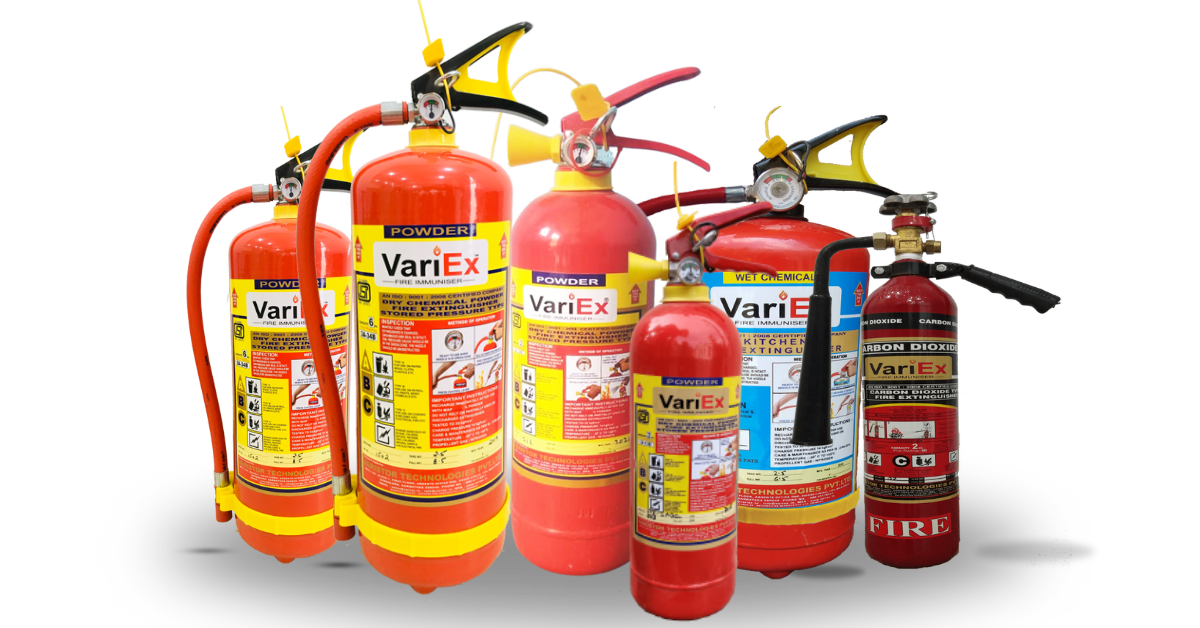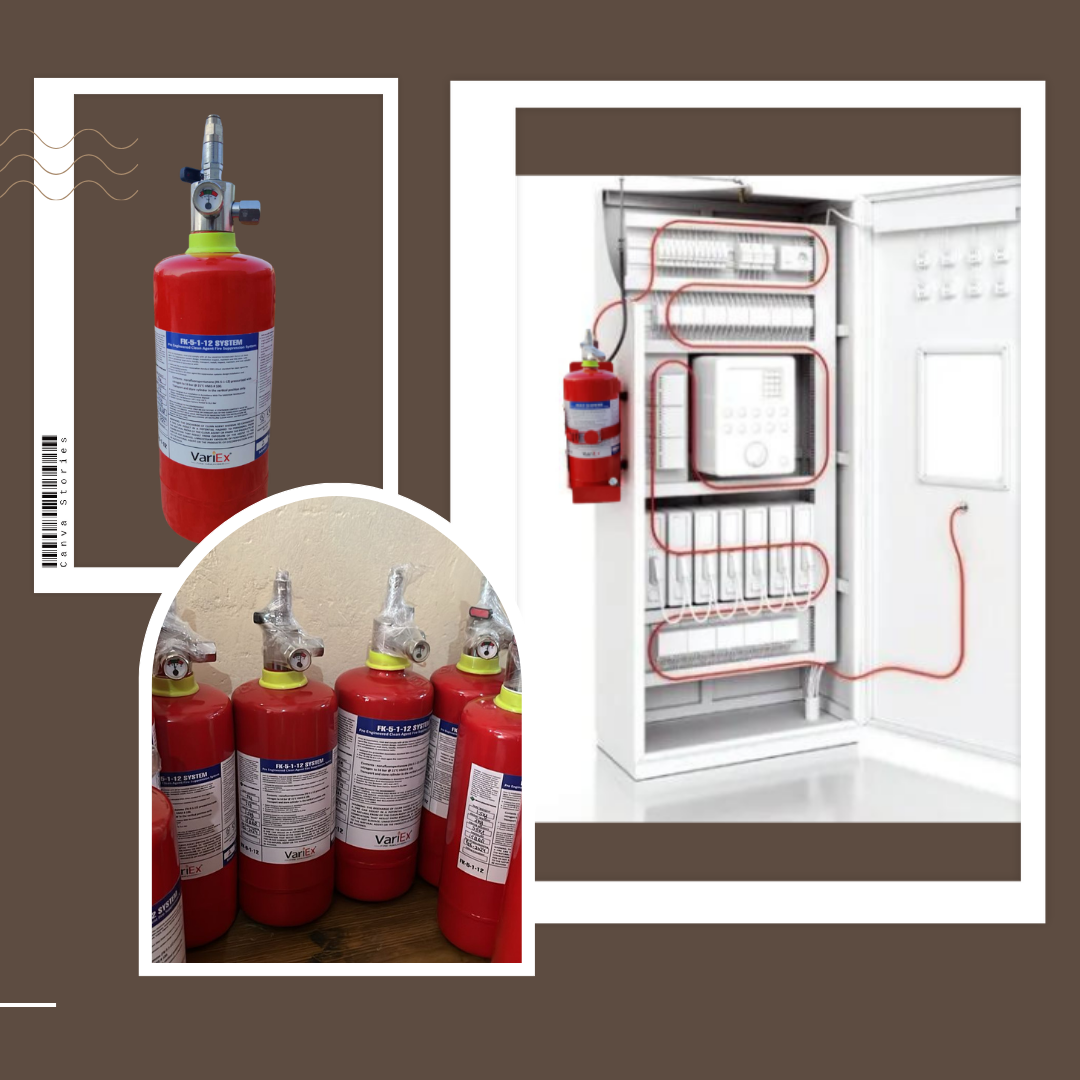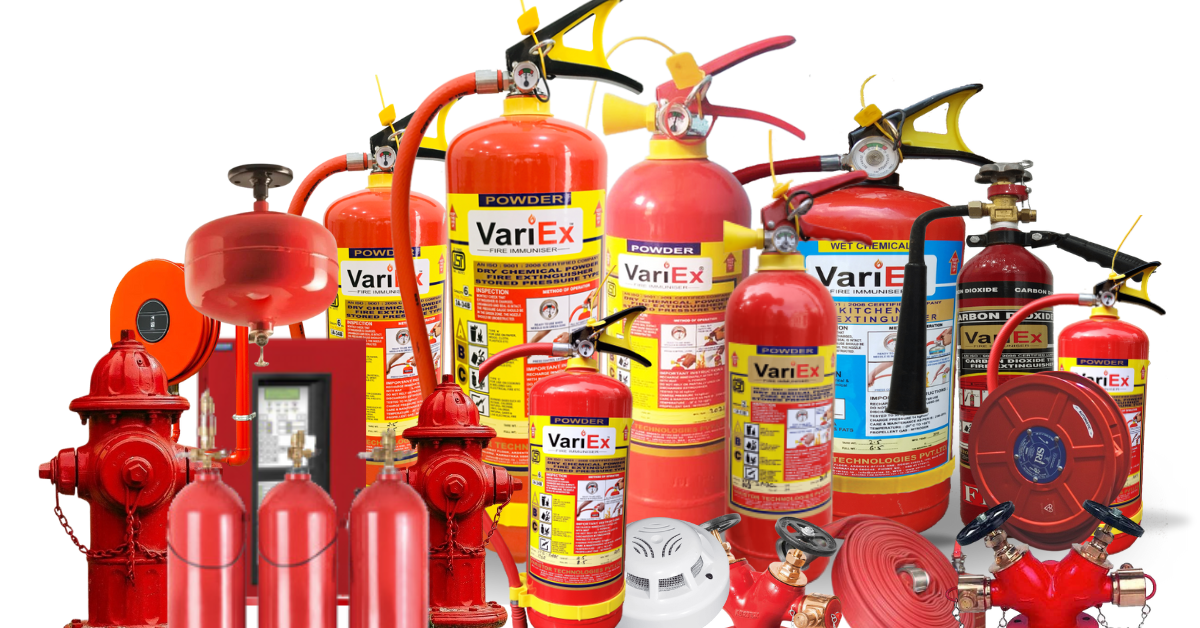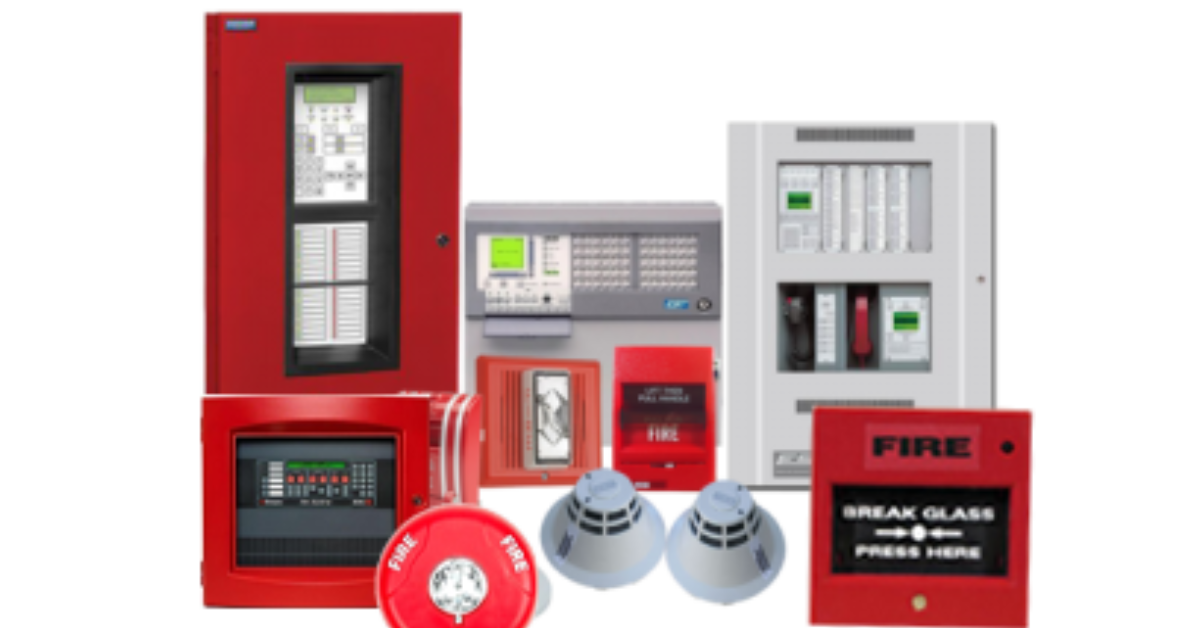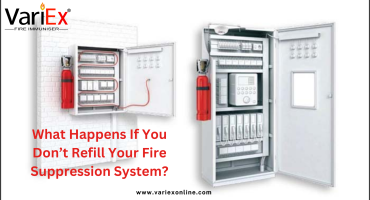![]()
Fire Immuniser
+91-7829629111
Email: info@variex.in
Varistor Technologies Pvt. Ltd.
Block-1, First Floor, Ardente Office One, Hoodi Circle, ITPL Main Road, Bengaluru, Karnataka 560048, IN
How To Install Fire Alarm Control Panel
How To Install Fire Alarm Control Panel
A fire alarm control panel is a crucial part of any fire detection system, responsible for monitoring inputs and system integrity, controlling outputs, and relaying information. They can be used in a wide range of buildings - from homes and businesses to large industrial complexes. These control panels can provide valuable early warnings and time to evacuate in case of a fire breakout. This article will guide readers through the entire process of installing a fire alarm control panel to ensure maximum safety and reliability.
Understanding Fire Alarm Control Panels
Before diving into the installation process, it's important first to understand the function of a fire alarm control panel. These panels act as a central hub that communicates with all components of the fire alarm system, including detectors, sirens, and activation devices. It continuously checks the status of these devices and alerts if any issue is detected. In an emergency, once a fire is detected by the system, the control panel receives this information and triggers the alarms to notify building occupants and sometimes even the local fire department.
Selecting the Right Control Panel
The first step to install a Fire Alarm Control Panel is to select the right one based on your needs and environment. Some factors to consider while making a selection include the number of zones required, the presence of existing alarm hardware, and the complexity of the building layout. For a small property, a conventional fire alarm panel might suffice. However, for larger properties with numerous rooms and floors, an addressable fire alarm panel is a better option due to its ability to pinpoint the exact location of the fire.
Positioning the Control Panel
Location is another strategic factor while installing a fire alarm control panel. It should be situated in a secure area that permits easy access for regular maintenance and monitoring. The control panel must be installed at a height of 1.2 to 1.6 meters from the ground and ideally positioned in an area where the status LEDs can be easily seen. Usually, this area is in or near a main entrance or commonly trafficked area.
Installation of the Control Panel
The first step in installing the panel is to mount the backplate. This is usually done by securing the back of the panel with screws to the wall, ensuring it is level. Make sure to take into account the weight of the panel when it is loaded with batteries. This factor may affect its alignment over time. Once the back of the panel is secured, the front part of the control panel is then installed. Always review the manufacturer's instructions for specific details regarding panel configuration and installation.
Connection of Detectors and Alarms
After the installation of the physical panel, the next step involves connecting your fire devices (detectors, manual call points, sounders, beacons, etc.) to the panel. Each device has its polarity and location or zone (information on where in the building the device is installed). The cables from the devices must be correctly connected to the corresponding zones on the control panel. Care must be taken with the polarity of connections as reversing them can cause the system to malfunction.
Programming
With everything physically installed and connected, the next step is programming. This involves setting the control panel to react in a set pattern when events happen. For example, if there is a fire in zone 1, the control panel could be programmed to ring all alarms immediately and notify the fire department. Different systems have different programming procedures. Hence, it's best to follow the manufacturer’s instructions while programming.
Testing
The final step in the installation process is testing the fire alarm control panel and associated devices. The purpose of this test is to verify all devices' functionality and the control panel’s effective operation. It may also be worth double-checking all wiring during this stage, to ensure that all connections have been made correctly. It's advisable and necessary to carry out periodical tests besides this initial one to ensure system integrity.
Conclusion
Installing a fire alarm control panel is a process that requires careful planning and precision to ensure the safety of people and property. Remember to select the right panel for your needs, install it correctly, connect all detectors, alarms, and other devices, program the system as per the requirement and finally, test the functionality of the entire system. Always refer to the manufacturer’s instructions during each stage of installation for specific guidance. By following these steps, you can ensure that your fire alarm control panel is installed accurately, providing maximum protection against fires.
Explore our products Range
Final Say
At VariEx.in and VariexOnline.com, we specialize in supplying and installing top-quality fire fighting systems and equipment. From fire extinguishers to advanced suppression systems, we offer comprehensive solutions tailored to your needs. Our experienced team ensures precise installation and maintenance for optimal safety.
Trust VariEx for reliable fire protection. Contact us online or call 7829629111 to learn more.
"WHAT YOU CAN READ NEXT"
 Read more +24 November 2023 in Fire Extinguisher
Read more +24 November 2023 in Fire ExtinguisherWhat types of fire extinguishers are available for different fire classes?
 Read more +11 April 2025 in Fire Suppression
Read more +11 April 2025 in Fire Suppression





